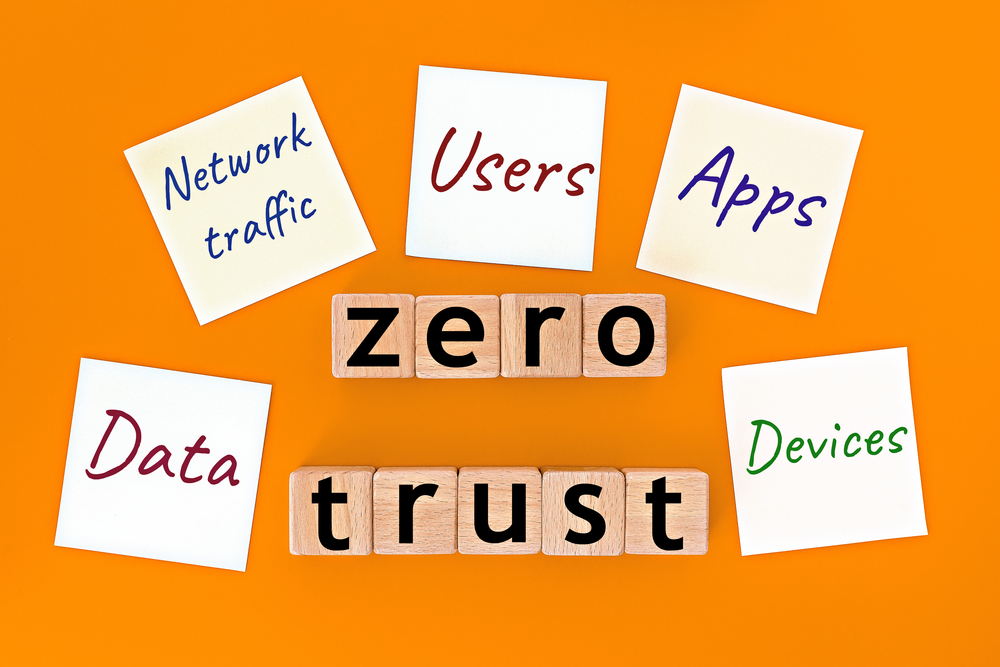In the rapidly evolving and increasingly complex landscape of cybersecurity, one approach that has captured significant attention and interest is Zero Trust Security. This paradigm, grounded in mistrust, operates on the assumption that trust is a vulnerability that threat actors can exploit. Consequently, it posits that no user or device should be trusted by default, irrespective of whether they are inside or outside the network perimeter. In this in-depth blog post, we will delve into the intricacies of Zero Trust Security, discuss its fundamental principles, demystify its implementation, and outline how it can provide robust, comprehensive protection against a multitude of cyber threats.

Principles of Zero Trust Security
Zero Trust Security is firmly embedded in three main principles: verify explicitly, apply least privilege access, and assume breach.
The first principle, ‘verify explicitly’, is a stringent mandate that every access request, without exception, should be fully authenticated, authorized, and encrypted before granting access. It underscores the need for robust, multi-factor authentication mechanisms and rigorous authorization protocols that ensure only valid users and devices gain access.
The second principle, ‘apply least privilege access’, is a measure that guarantees that users and devices have only the bare minimum access necessary to perform their tasks. By limiting access to the essential resources, the potential damage from a security breach can be substantially curtailed, thereby enhancing overall security.
The last principle, ‘assume breach’, is a proactive stance that emphasizes the need to minimize the impact of a breach by segmenting access to various networks, systems, and data. It is a constant reminder that despite our best efforts, breaches can and do happen, necessitating constant vigilance and preparedness.
Implementation of Zero Trust Security
Implementing Zero Trust Security is a multi-step process that demands careful planning and execution. The first and most crucial step is for organizations to identify their sensitive data, map the data flows, and understand how users and devices interact with this data. This exercise is fundamental to developing a clear understanding of the organization’s data landscape and identifying potential vulnerabilities.
Following this, organizations should design a robust strategy to protect these resources using the principles of Zero Trust. This could involve the deployment of a suite of technologies including multi-factor authentication, identity and access management systems, encryption technologies, and advanced security analytics tools.
In addition to these steps, organizations must adopt a continuous monitoring approach, logging all network activities and analyzing them for potential security threats. This ongoing vigilance is critical to the early detection and rapid mitigation of security incidents.
Benefits of Zero Trust Security
The implementation of Zero Trust Security brings with it a host of benefits. Notably, by dismantling the assumption of trust, it fortifies the organization’s security posture, making it considerably more challenging for attackers to gain unauthorized access to systems and data.
Moreover, Zero Trust Security provides enhanced visibility and granular control over the network, which empowers organizations to detect and respond to potential security threats more swiftly and effectively. This visibility extends across all users, devices, applications, and data, offering a comprehensive view of the organization’s security landscape.
Furthermore, by limiting access to sensitive resources, Zero Trust Security effectively reduces the attack surface, thereby diminishing both the risk and potential impact of a security breach. This access control is dynamic and adaptive, continually adjusting based on user behavior and risk factors.
Conclusion
In conclusion, Zero Trust Security is a potent paradigm that can markedly bolster an organization’s security posture. By steadfastly adhering to the principles of verifying explicitly, applying least privilege access, and assuming breach, it provides robust, multi-dimensional protection against a broad spectrum of cyber threats. While the implementation of Zero Trust Security can be intricate and demanding, the substantial benefits it offers, ranging from enhanced visibility and control to reduced breach impact, make it a compelling investment for any organization serious about safeguarding its data and networks.
